Dongdaemun Shopping Complex (Hanbok Shops) (동대문종합시장 한복상가)
2.2Km 2021-09-15
266, Jong-ro, Jongno-gu, Seoul
+82-2-2262-0114
As one of the largest markets in Asia, Dongdaemun Shopping Complex boasts huge hanbok shops. Most of the major hanbok and fabric distributors are located here. It offers a wide array of hanbok from traditional hanbok to modernized hanbok in addition to accessories and clothing materials. Dongdaemun Shopping Complex is a popular spot among international tourists who want to experience traditional Korean culture and purchase various souvenirs.
Queens Bucket - Dongdaemun Branch [Tax Refund Shop] (쿠엔즈버킷 동대문)
2.2Km 2024-04-18
5-4, Toegye-ro 64-gil, Jung-gu, Seoul
-
Hong Chun Cheon Dongdaemun(홍춘천 동대문)
2.2Km 2020-10-30
5, Jangchungdan-ro, 13-gil, Jung-gu, Seoul
+82-2-2273-7888
A chicken specialty restaurant located in Dongdaemun Gate, Seoul. The most famous menu is spicy stir-fried chicken with cheese. A restaurant where you can try Korean BBQ chicken.
Hwanghakjeong Pavilion (황학정)
2.2Km 2020-04-02
15-32, Sajik-ro 9-gil, Jongno-gu, Seoul
+82-2-738-5785
Hwanghakjeong Pavilion was built in 1898 by decree of King Gojong’s. It was originally set up close to the northern wall of Hoesangjeon in Gyeonghuigung Palace for archery practice. In 1922 when the Japanese colonial government sold buildings of Gyeonghuigung Palace to the public to build Gyeongseong Middle School in the location, the Hwanghakjeong Pavilion was bought and restored at the current location, which is an old site of Deunggwajeong Pavilion located to the North of Sajik Park.
It is relatively large for a pavilion, but the structure is plain and simple. There is a well behind the pavilion to the southwest. A rock behind the well has an engraved poem about eight beautiful scenes of Hwanghakjeong. Located to the right of the pavilion building (northeast of the building) is Hancheongak Pavilion, which has unique roof. To the west of the pavilion is Sauhoegwan Hall that was built with reinforced concrete.
The Shilla Duty Free Shop - Seoul Branch (신라면세점 (서울점))
2.2Km 2022-08-05
249, Dongho-ro, Jung-gu, Seoul
+82-1688-1110
The Shilla Duty Free Shop Seoul Store is located inside The Shilla Seoul Hotel. The duty free shop has over 400 brand stores that sell perfume, cosmetics, clothes, bags, watches, and jewelry, all of which can be purchased at discounted prices. Convenient amenities and services such as the rooftop cafe, free valet parking, and an outdoor sculpture park are also prepared so that customers can enjoy a carefree shopping experience.
Pyounghwa (Pyeonghwa) Fashion Town (서울 평화시장)
2.2Km 2025-01-06
274, Cheonggyecheon-ro, Jung-gu, Seoul
+82-2-2265-3531~3
The Pyounghwa Fashion Town market in Dongdaemun has been selling fashion clothing and accessories for over 50 years ever since the end of the Korean War. It was here that in 1953 North Korean refugees started selling clothes made from US army uniforms. Their market was then named Pyounghwa, which means peace, in the hope that no other wars would be fought on Korean soil. The Pyounghwa Fashion Town was therefore the beginning of the 30,000 stores that now make up Dongdaemun Fashion Town, which is seen as one of the global centers of the fashion industry.
Spread over a large area, this historical fashion market is divided into several districts, the ‘Gu Pyounghwa Fashion Town’ is the oldest, and there is also the ‘Shin Pyounghwa Fashion Town’, ‘Dong Pyounghwa Fashion Town’, and ‘Cheong Pyounghwa Fashion Town’.
Yejiwon (예지원)
2.2Km 2022-09-19
72, Jangchungdan-ro, Jung-gu, Seoul
+82-2-2253-2211
The Yejiwon is located in Seoul Jung-gu Jangchung-dong and has been offering traditional Korean etiquette education programs since its inception on September 16th, 1974. Furthermore, the Yejiwon also serves to introduce the traditional cultures and living cultures of Korean etiquettes to foreigners.
Most programs offered are short-term classes, and reservations can be made on the homepage up to 15 days in advance. Reservations are only available for groups of 10 or more and classes are instructed in Korean only, so it may be a good idea to be accompanied by a guide.
Tonymoly - Dongdaemun Branch [Tax Refund Shop] (토니모리 동대문)
2.3Km 2024-04-18
257, Jangchungdan-ro, Jung-gu, Seoul
-
Samcheong-dong Street (삼청동길)
2.3Km 2025-01-22
107 Samcheong-ro, Jongno-gu, Seoul
It is said that Samcheong-dong was named from the story about the three "cheong" (Chinese character meaning clean) of the area, namely the mountain, water, and people. Another theory is that the origin of the region's name came from Samcheongjeon Hall where three tablets called "Taecheong," "Sangcheong," and "Okcheong," were set up based on Taoism. Samcheong-dong Street features a mixture of old scenes of hanok buildings with traditional beauty and modern scenes of galleries and cafés, creating a unique atmosphere. Visitors can feel the abundant cultural mood at every corner of the street through the art galleries, museums, antique shops, and quiet pathways.
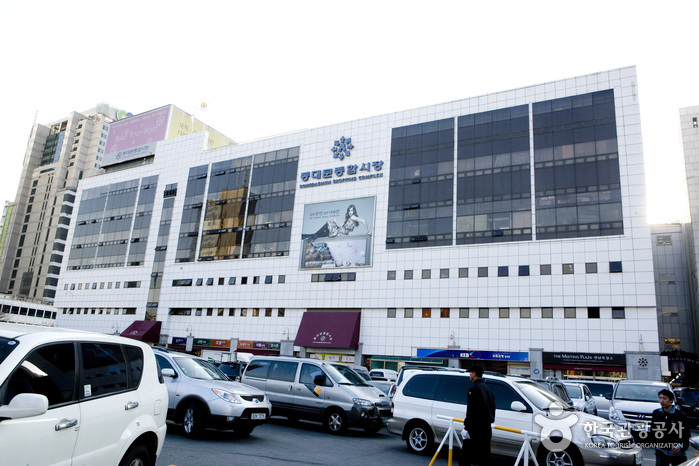
![Queens Bucket - Dongdaemun Branch [Tax Refund Shop] (쿠엔즈버킷 동대문)](http://tong.visitkorea.or.kr/cms/resource/47/2878747_image2_1.jpg)
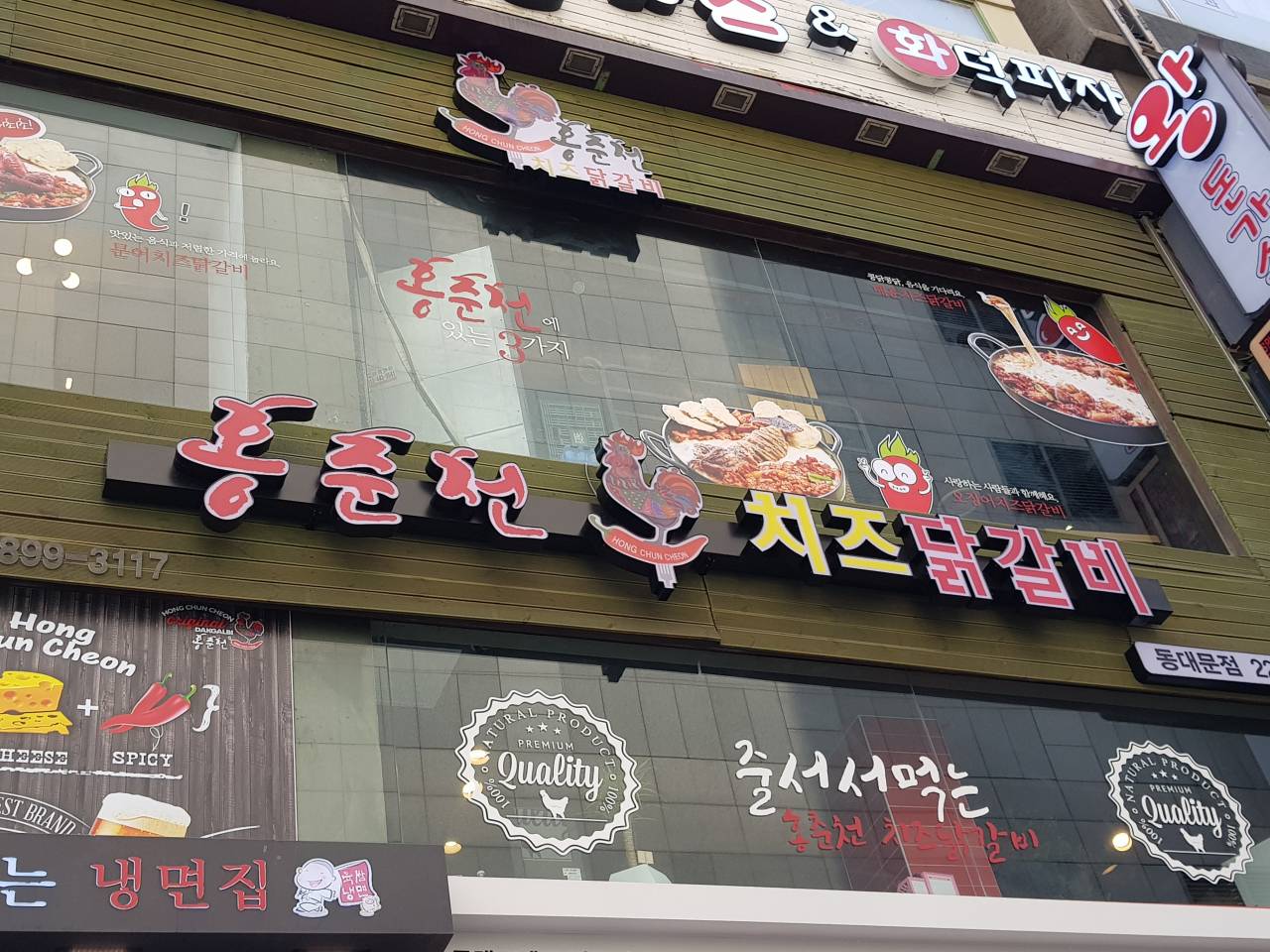
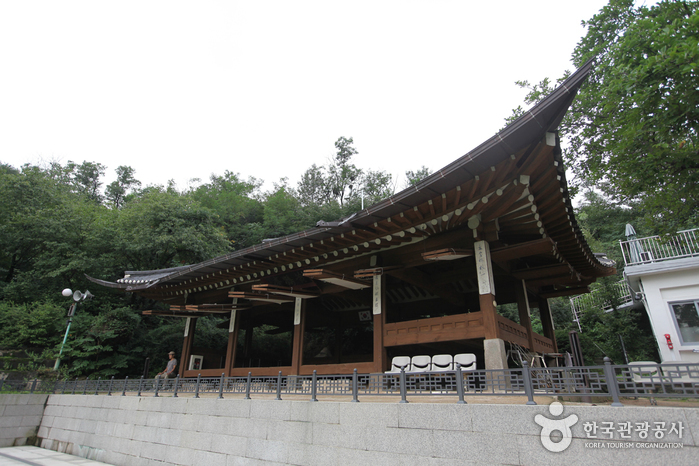

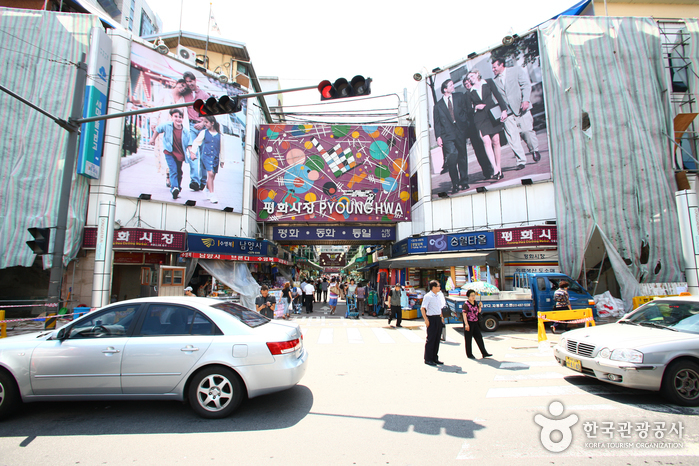
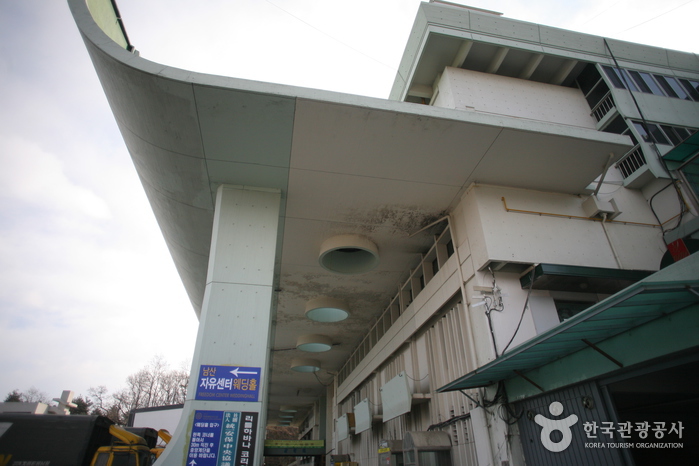
 English
English
 한국어
한국어 日本語
日本語 中文(简体)
中文(简体) Deutsch
Deutsch Français
Français Español
Español Русский
Русский